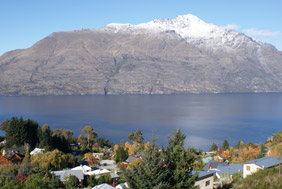Sony Alpha DSLR-A300
-
-
Written by Gordon Laing
Sony Alpha DSLR-A300 vs A350 vs Canon EOS 450D / XSi real-life noise
Sony Alpha DSLR-A300 High ISO Noise Reduction comparison
By default the Sony Alpha DSLR-A300 applies High ISO Noise Reduction to sensitivities of 1600 ISO and above, but you can switch this off in a menu if desired. So below you’ll find examples taken with and without High ISO NR applied.
There’s not a great deal of difference between the samples taken with both settings below. Those on the right without High ISO Noise Reduction show slightly less processing, but the results at 1600 and 3200 ISO still ain’t pretty.
Now for more real-life examples across its sensitivity range, check out our Sony Alpha DSLR-A300 sample images page.
Sony Alpha DSLR-A300 (High ISO NR on – default) |
Sony Alpha DSLR-A300 (High ISO NR off) | |
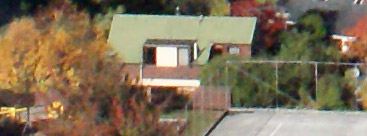 |
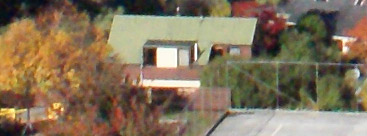 | |
1600 ISO |
1600 ISO | |
 |
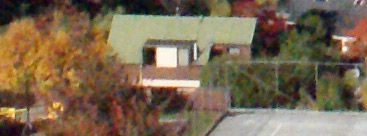 | |
3200 ISO |
3200 ISO | |
Sony Alpha DSLR-A300 results
Note: Sony has asked us to describe our A300 as a pre-production model, although supplied in retail packaging and running Firmware version 1.0, we’re confident the output is close or even identical to what you’ll get with final production units. We will update this page with samples from a retail A300 when one becomes available. The A350 and Canon 450D samples below are from final production models. For low light high ISO examples, see our Sony Alpha A300 sample images page.
 |
To compare noise levels under real-life conditions we shot this scene with the Sony Alpha DSLR A300, Alpha A350 and the Canon EOS 450D / XSi within a few moments of each other using each of their ISO settings in Aperture Priority mode. Both Sony’s were tested using the same DT 18-70mm kit lens, and the Canon 450D tested with the EF-S 18-55mm IS kit lens. All lenses were set to f8 in Aperture Priority mode and adjusted to deliver the same field of view. The image above was taken with the Sony A300 at 26mm f8 and with a sensitivity of 100 ISO; the original JPEG measured 3.99 MB. The crops are taken from an area just below and to the left of the centre and presented here at 100%. |
Employing the same 10.2 Megapixel sensor as the A200 and A100, it’s not surprising to find the A300 performing essentially the same here. As such you’ll enjoy clean, detailed images at 100 and 200 ISO.
Like the A200 though, noise and smearing from processing artefacts are creeping in at 400 ISO, and these really kick-in at 800 ISO. Jump to 1600 or 3200 ISO and these become obtrusive.
The big question though is how the A300 compares to the higher resolution A350, as many hoped its lower pixel count would result in a camera with lower noise levels. Judging from the crops below we’d say the A300 has a slight edge over the A350 at 200, 400 and 800 ISO, but it’s certainly not like night and day.
It’s also important to look outside the Alpha world at how both cameras compare to the competition. The A300, and its predecessors exhibit higher noise levels at 400 ISO and above than the 10 Megapixel Canon EOS 400D / XTi, and from the crops below, the 12.2 Megapixel EOS 450D / XSi is holding onto more detail than either Sony model at higher sensitivities.
The one to really watch for here is the Alpha A350. This is the first 14 Megapixel APS-C DSLR we’ve tested and if it’s resolution is not already a step too far, then it’s certainly as far as you’d want to go before sensor technologies or efficiencies improved. It’s revealing that noise or processing artefacts are already visible at 200 ISO if you’re looking for them, and they only get worse, smearing fine detail as you increase the sensitivity. In our A350 review we commented how the A350 can benefit from increased sharpening, but only at the lowest sensitivities. Apply it at 400 ISO and above, and you’ll just make the noise more visible – perhaps that’s why Sony chose relatively modest sharpening settings by default.
So ultimately we’d say while the A300 does have slightly lower noise levels than the A350, it’s not by a huge margin, and crucially, it was already higher than the competition to start with. If you’re already familiar with the A100 or A200 though, you’ll know what you’re going to get.
The A300 applies High ISO Noise Reduction by default, but this can be disabled if desired – scroll to the bottom of this page to see a comparison with and without NR. Or to see more real-life examples across its sensitivity range including several taken indoors under low light, check out our Sony Alpha DSLR-A300 sample images page.
Sony Alpha DSLR-A300 High ISO NR on (default) |
Sony Alpha DSLR-A350 High ISO NR on (default) |
Canon EOS 450D / XSi High ISO NR off (default) | ||
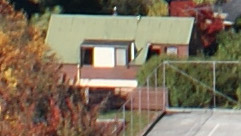 |
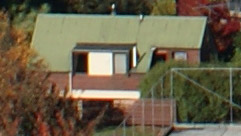 |
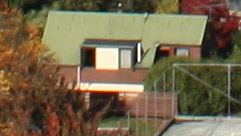 | ||
100 ISO |
100 ISO |
100 ISO | ||
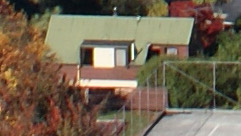 |
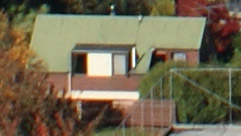 |
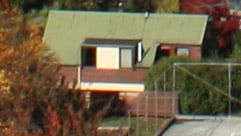 | ||
200 ISO |
200 ISO |
200 ISO | ||
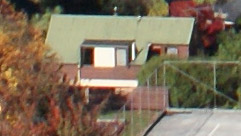 |
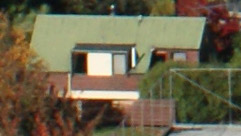 |
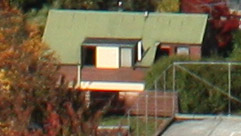 | ||
400 ISO |
400 ISO |
400 ISO | ||
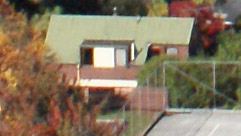 |
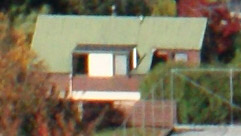 |
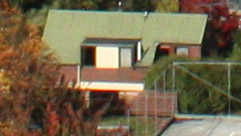 | ||
800 ISO |
800 ISO |
800 ISO | ||
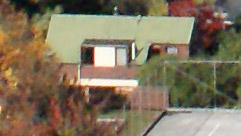 |
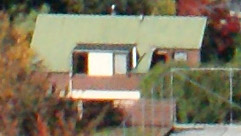 |
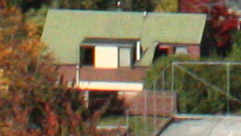 | ||
1600 ISO |
1600 ISO |
1600 ISO | ||
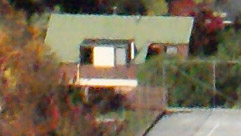 |
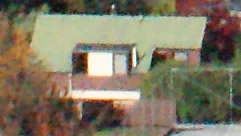 | |||
3200 ISO |
3200 ISO |
3200 ISO not available |
